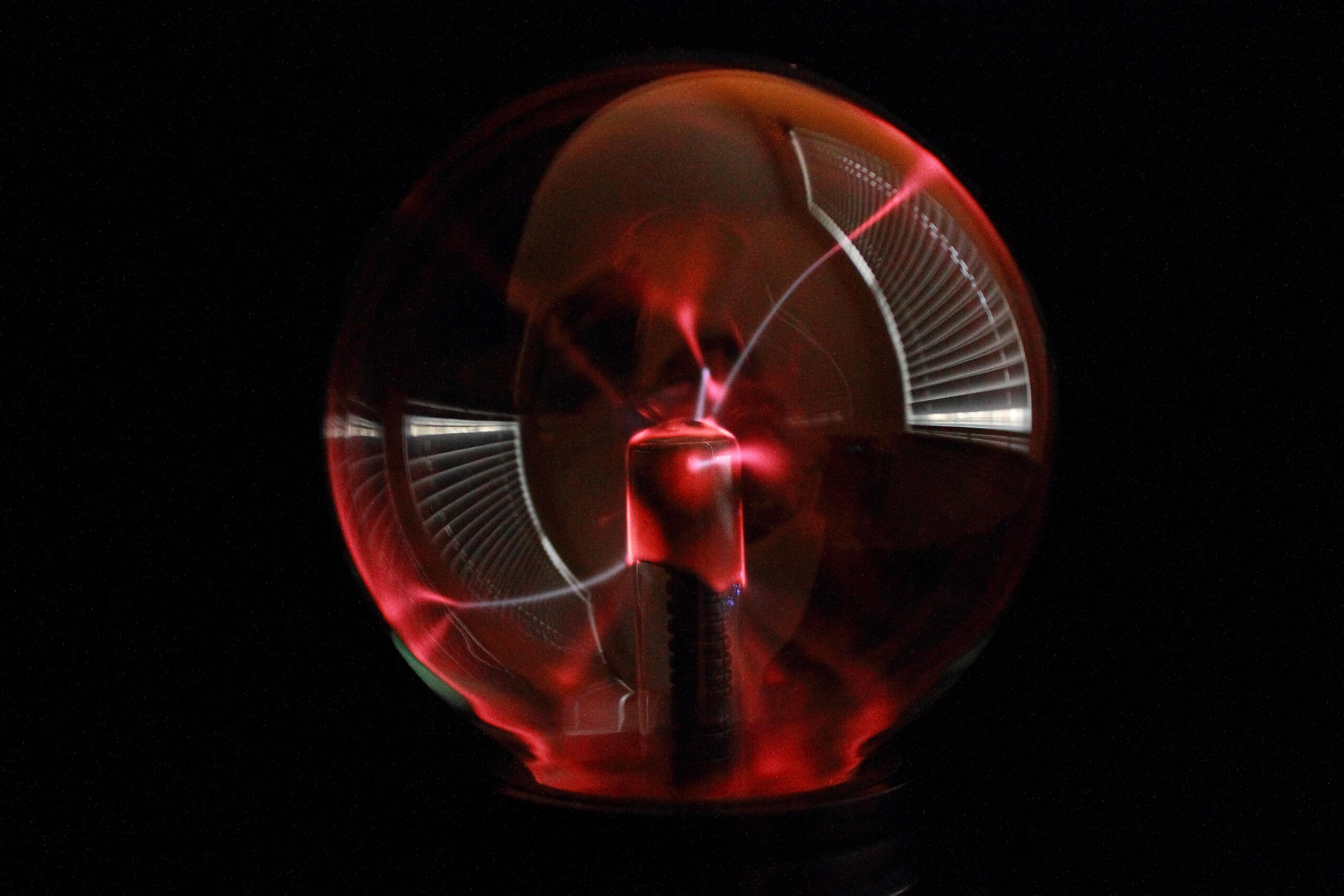Can I patent an idea?

Many innovators have asked this question, especially over the past year. To find the answer, we now have to ask Alice.
In case you’re not familiar, let me provide some background before introducing you to Alice. The proverbial pendulum regarding what can be patented has been in seemingly constant motion for years. In the late 1990s, an invention was patentable if it involved a practical application and produced a useful, concrete, and tangible result. The pendulum swung the other way in the new millennium with decisions determining an invention to be patentable if the invention was implemented by a particular machine, the invention transformed an article from one state to another, or the invention included an inventive concept.
At the urging of software companies and patent practitioners, the Supreme Court took up Alice v. CLS Bank to clarify what can be patented. The Court determined that an invention including an abstract idea is patentable if there are additional elements to ensure that the invention is significantly more than the abstract idea.
You’re in good company if you find Alice mysterious. However, with Alice celebrating her first birthday this past year, everyone has been talking about her. This has given us a wealth of guidance on the Supreme Court’s cryptic ruling regarding what can be patented, particularly with respect to software inventions. We will be discussing the patentability of software inventions over the coming weeks.
Contributor: Neil M. Barnes
1 State Street Bank and Trust Company v. Signature Financial Group, Inc., 149 F.3d 1368 (Fed. Cir. 1998).
2 In re Bilski, 545 F.3d 943, 88 U.S.P.Q.2d 1385 (Fed. Cir. 2008); Mayo Collaborative Services, et al., v. Prometheus Laboratories, Inc. 132 S.Ct. 1289 (2012).
